Is Siding Waterproof?
Important Point
What do you think Is siding waterproof? The answer is yes and no both. If siding is made up of composite material, then siding can itself become waterproof.
Like for example, vinyl siding can be waterproof due to the reason it is manufactured from plastic. At the same time wood and fiber sidings are not waterproof. Water is absorbed by them a sealant like paint is required due to this reason for resisting moisture.
Effectively the question can be asked, can your home be made waterproof with the help of siding? The answer to this is no. When vinyl siding is applied at home even that is also not considered waterproof. No siding can be guarantied 100% to be waterproof.
All sidings are water resistant. The presence of tiny gap is good enough for moisture to enter which eventually will lead to damage of home. This is the reason why along with siding, waterproofing materials like flashing, caulk, sealants, tape, house trap and trims are used to provide total safety.
Penetration of water through siding makes commercial and residential buildings prone to water damage. Some type of siding is present in every building and house. Then also, water damage remains one of the most damage-causing factors.
Water penetrating siding will lead to the most common issues in your home like mildew, mol, and rot. What will keep water out is the main question. The way for this application of multiple layers. The application of a good quality house wrap under sliding will give protection against action of water damage.
Caulk should also be used for filling gaps, taping around windows then applying flashing, and finally trim. Initial watershed is provided by sliding, in turn to protect the home from damage, but the job cannot be done alone.
Although this method not being 100% percent waterproof, but with the usage of multiple methods and materials in order to prevent water moisture can be prevented from entering and damaging the home.
Use Full Article For You
- Will Concrete Bond to Concrete
- How to Calculate the Load on a Beam
- Hempcrete Disadvantages
- Hempcrete Cost Vs Concrete
- Skeleton Framing
- Queen Mattress Size in Feet
- Types of Cranes Construction
- Zero Force Member Examples
- Shower Pan Mortar Mix
- How Much Does a Bag of Concrete Cover
- Shovel Types and Uses
- How Long Does It Take Mortar to Dry
- How Long Is a Flight of Stairs
- Contour Interval Topographic Map
- Strength of Plywood
- Inverted Beam Design
Siding Alone Won’t Waterproof a Home
There is a misconception present in many homeowners’ minds that their home siding is waterproof. But that is not the actual case. 1in 6 home will be experiencing some water damage.
Initially, if you fail to do the total waterproofing of your home with the usage of additional layers of protection, with the passage of time some water damage signs can be easily seen by you. So, it is recommended to provide additional layers of protection.
It is shown by research that exterior home sliding fails to provide proper protection against water. If proper steps are taken for waterproofing the home, avoiding the risk of expensive water damage will be possible.
Many ways are there due to which moisture will penetrate your siding-clad exterior. Contraction and expansion often occur to siding due to temperature fluctuation, leading to gaps that helps in the passage of water through it. Due to which water will penetrate through the cracks present around unsealed doors and windows.
In addition to that moisture has a possibility to penetrate through the overlapping ends of the siding panels. This is the reason a good quality house wrap is required under the siding. The underlayment will block the moisture that penetrates the siding layer.
While installation of fibre cement siding, an addition layer consisting of flashing must be installed wherever there is a joint between two siding panels i.e., where they meet.
This flashing will go up to top of the wrap. A layering approach will always be the best. For waterproofing the home installation of water-resistant layers is very much crucial. If there is a failure of installation of these additional water-resistant layers, otherwise water will be possibly getting leading to the formation of mol growth, rotting and mildew.
- What is Louvered Door? | 10 Different Types of Louvered Doors available in Market
- Water Tank Company
- Types of Roof Tiles
How to Waterproof Your Home Siding?
Additional steps should be taken by one for catering proper protection against the damage caused by moisture. Layering is the key to creating a water-resistant exterior. In terms of siding, layering flashing, house wrap, sealants, tape, caulk, siding, and trim is what it means.
Visually it is impossible for anyone to provide completely waterproof and sealed siding without the usage of additional materials.
In order to keep the water off the house siding alone is a great choice. Water is directed down and away from the exterior when it hits it, while presence of a small gap will allow water to enter through it.
The foundation, roof, doors, windows, and presence of any other breaks such as chimneys and vent pipes lead to the creation of areas where moisture can seep in. Its source could be rainfall, the most common of which can b e wind-blown rain whose hitting angle of the house is strange, snow, humidity, or even sprinklers placed near the home can also be the source.
A small amount of water is what it takes for damage creation over time. Especially this problem will come to play when the water is not allowed to dry or its standing time is over long spans without any measured introduced for removal. The main difficulty to deal with the above-mentioned issue is that they often become hard and costs high once the house is already siding.
This is reason why layering should be done from the start of work. It is recommended to install a waterproof system underneath your sliding to protect home against moisture, snow, ice, etc.
Also Read: What Is Sewer Pipes
Additional Layering That Helps Siding Waterproof a Home
Rather than installing some siding to a house there are more things to be done. Multiple layers of protection are required for keeping water out. This layering not only protects your siding, but it helps in safeguarding your doors and window openings.
All the methods used for safeguarding are same regardless of the type of siding used by us. While using of wood and fiber cement a few special requisites should be taken by one. All the available general methods would be followed by us in this scenario.
- House Wrap: A good quality wrap should be used for encasing the entire building, even though what type of siding is being used by you.
- Wrap Tape: While house wrap is being used tape the seams.
- Sealant Tape: Around all window and door flanges, thick sealant is to be used.
- Caulk: Any cracks and gaps are to be filled.
- Sealants: This is generally used for fiber cement or wood. It includes paint, stain, or sealers.
- Flashing: Flashing is to be installed as needed. Flashing should be placed between each sliding joint while fiber cement is being used.
- Trim: For keeping water out of doors and windows a piece of trim with caulk is a great way.
- Clearances: Proper siding clearances should be respected. Since wood and fiber cement absorb water, this is especially important for them.
- Siding: The last layer of water defense that would be installed by you are panels, trim pieces, and shakes. For keeping massive water off the house siding is a great choice. Siding will easily divert water down and away, even during heavy rainfall times.
The small amounts of water that enter the home with the passage of time will damage your home. Large amounts of water will easily be identified. A special layered approach is to be made to use for preventing water from damaging your home.
Best Waterproof Siding
Being made of polyvinyl chloride, vinyl siding is essentially waterproof. This house siding won’t absorb moisture and easily sheds rain.
Best House Siding for the Money
Tough, long-lasting, affordable, and easy to install, vinyl siding has a popularity that’s easy to appreciate. These days, you can choose from a wide variety of siding styles and colors, including products that resemble wood-grain lap siding, wood shingles, and even stone.
Best Siding for Sun Exposure
Composite siding is an ideal choice for homes in areas where heavy winds, sunlight and harsh weather conditions are frequent. From its composition, it is solid and durable, though it easily meets the homeowner’s budget.
Is Lp Smart Siding Waterproof?
Although most siding products are not completely waterproof nor flood resistant, LP® SmartSide® Trim & Siding is engineered with LP’s proprietary SmartGuard® process to withstand siding water damage and help protect your home from moisture.
Is Vinyl Siding Waterproof?
Is vinyl siding waterproof? Vinyl siding is not waterproof, despite common misconceptions. Thanks to its overlapping profile, a standard interlocking wall of horizontal vinyl panels will effectively shed most rain and water away, providing superior water resistance.
Water Dripping Down Siding
Water under siding can often be traced back to bad caulking around window and door frames. Installing new siding over original siding materials can allow damp to seep under outer edges. The runoff from a leaky roof trickles down a home’s exterior and seeps between siding and wood sheathing.
Waterproofing House Cost
The national average cost for waterproofing a basement ranges between $2,000 and $7,000. However, most homeowners pay around $5,000 to waterproof their basement, crawl spaces and foundation fully. Those who only need minor repairs could spend as little as $600 to $1,000.
What Is Better Than Vinyl Siding?
By contrast, Hardie® fiber cement siding is more durable and up to 5x thicker than vinyl siding. It easily stands up to the elements, resisting damage from wind, rain, freezing temperatures and hail, and gives homes years of protection with low maintenance.
What Is the Best Siding for Home Value?
White painted siding has the highest resale value, but it’s also one of the most complex colors to maintain since it shows dirt and grime easily. Off-White – Off-white or light-colored paint colors are trendy in homes today because they make rooms look larger and help reflect more light.
What Is the Best Paint Finish for Exterior Walls?
All things being equal, satin or eggshell finish is preferable for the exterior of a home. A satin/eggshell finish satisfies basic maintenance points while providing a pleasant appearance that appeals to the widest range of homeowners.
Can You Pressure Wash Lp Smart Siding?
Rinse with water from a garden hose. Avoid using a pressure washer on LP SmartSide siding. High-pressure washing can cause moisture intrusion, discoloration and damage to the paint. If you’re wondering how to remove mildew from siding, avoid trying to do so with high pressure.
What Happens If Water Gets Behind Vinyl Siding?
The vinyl siding is the weather resistant, durable paneling that is the outmost protective layer, but once water gets in underneath the vinyl siding, the sheathing beneath it becomes vulnerable to wood rot and mold. The more the sheathing is exposed to water, the faster it will deteriorate.
What Happens If Vinyl Gets Wet?
Luxury vinyl planks (or tiles) are, in themselves, completely water-proof and cannot be damaged by exposure to moisture. For that reason they are an excellent choice for laundry rooms, bathrooms, kitchens and other areas where moisture is around.
Like this post? Share it with your friends!
Suggested Read –
- Water Pipe Sizes
- The Standard Room Size & Location in House | Standard Room Sizes in a House
- 8 Different Methods of Concrete Crack Repair | How to Select Suitable Method of Concrete Crack Repair
- Singly Reinforced vs Doubly Reinforced Beam | What Is Singly Reinforced Beam | What Is Doubly Reinforced Beam
- What Is Fire Escape Staircases | Types of Fire Escaping Stairs | What Is the Importance of Fire Escape in the Building | What Are the Fire Staircase Requirements
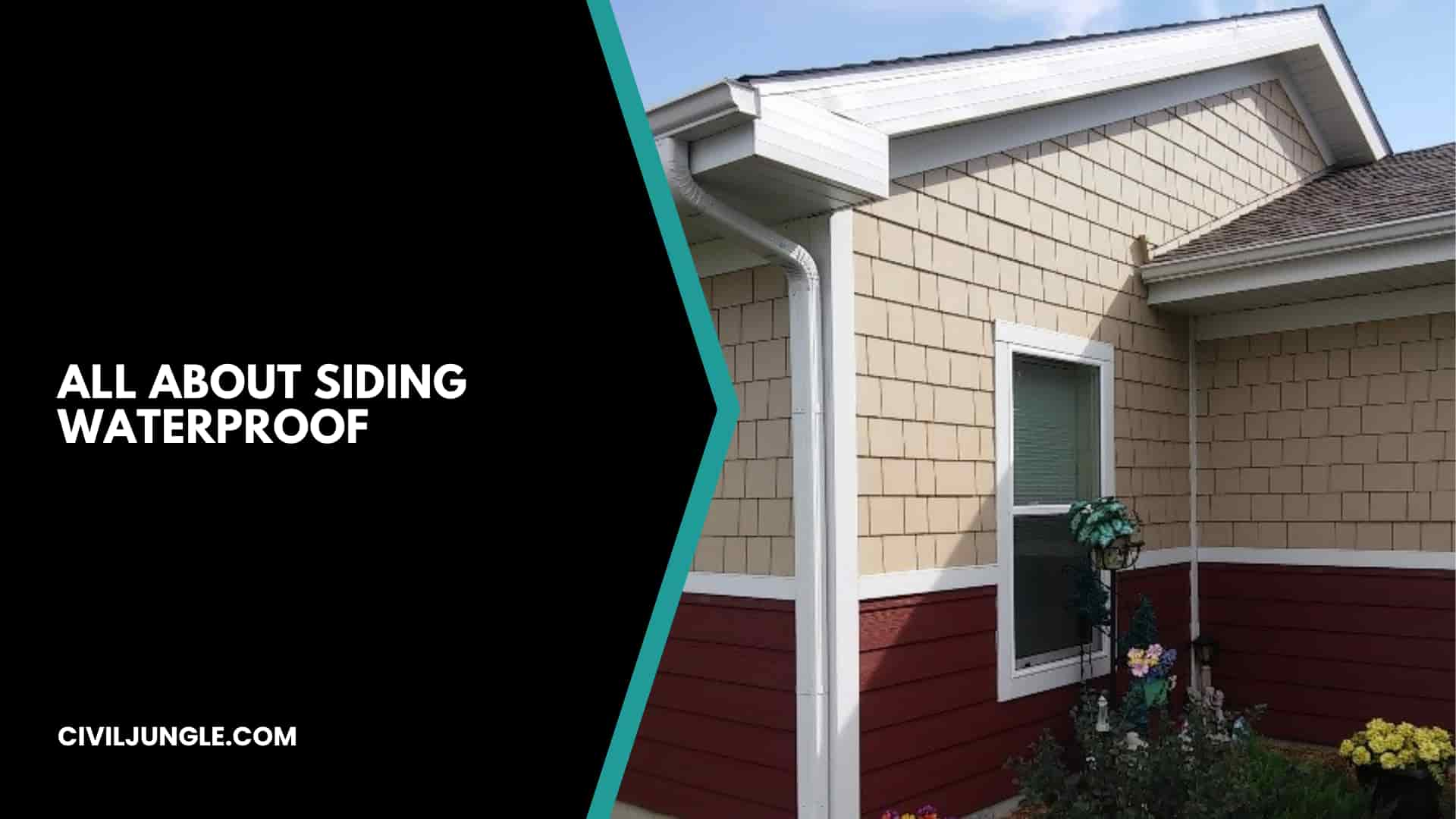
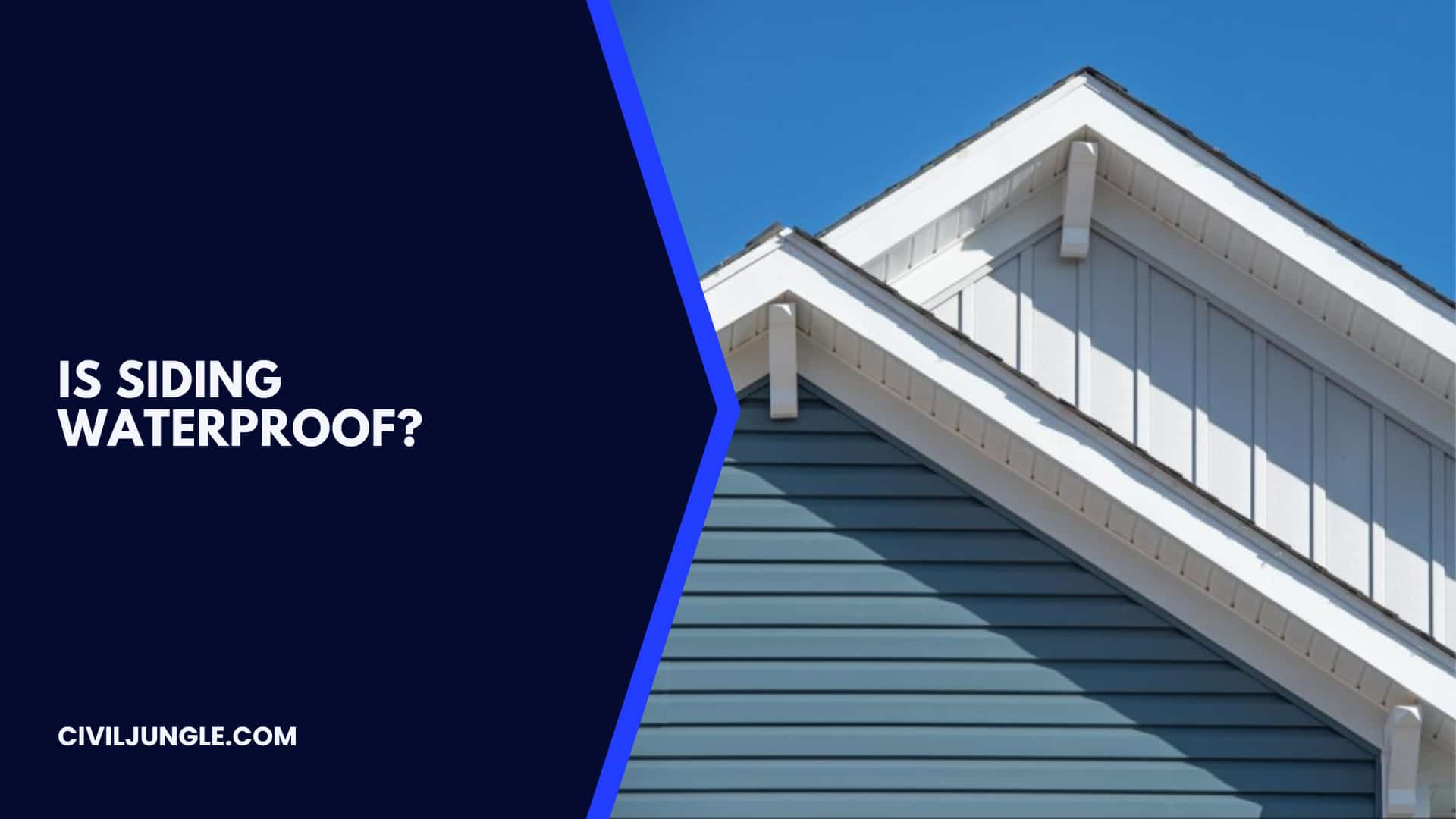
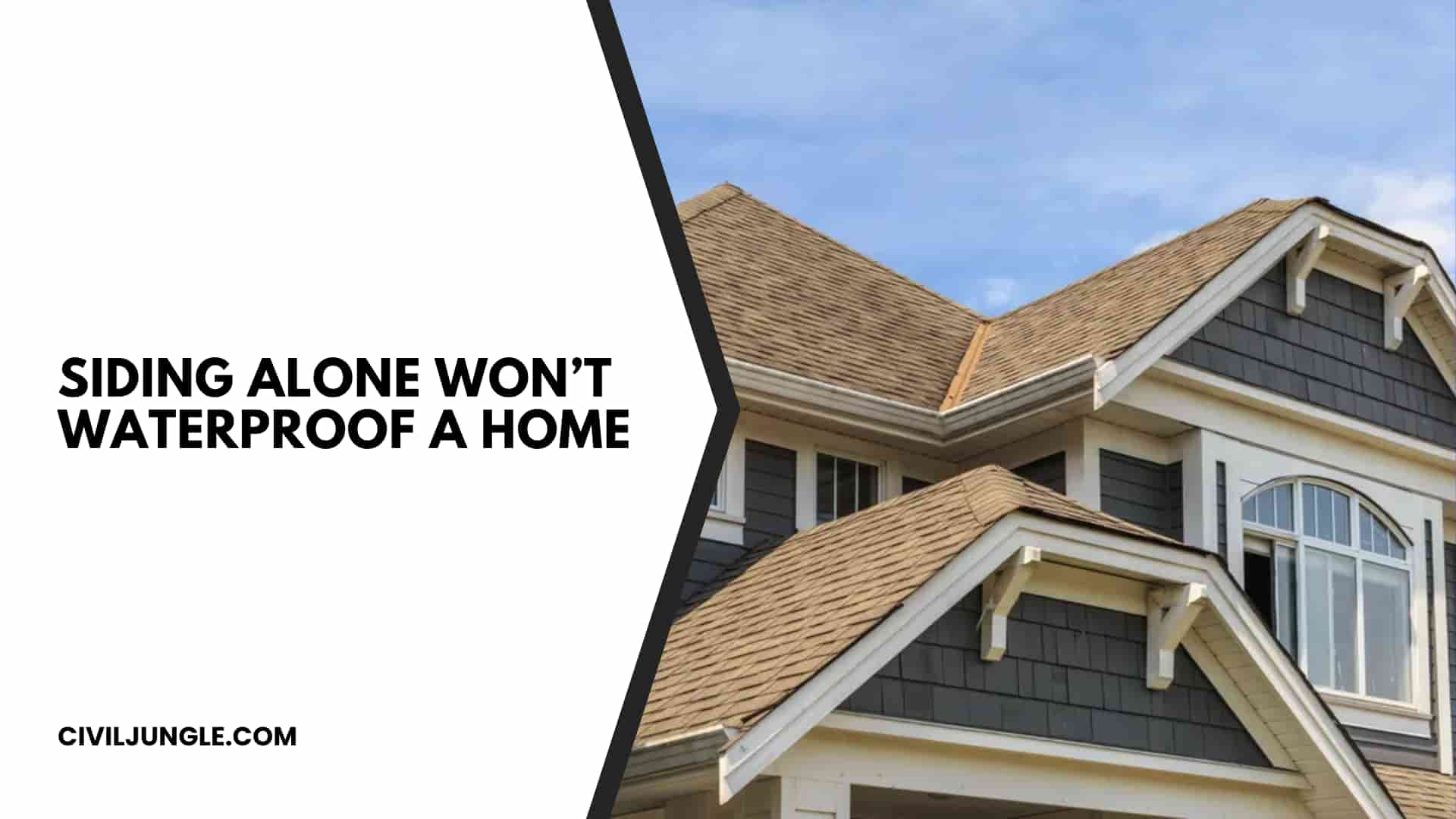
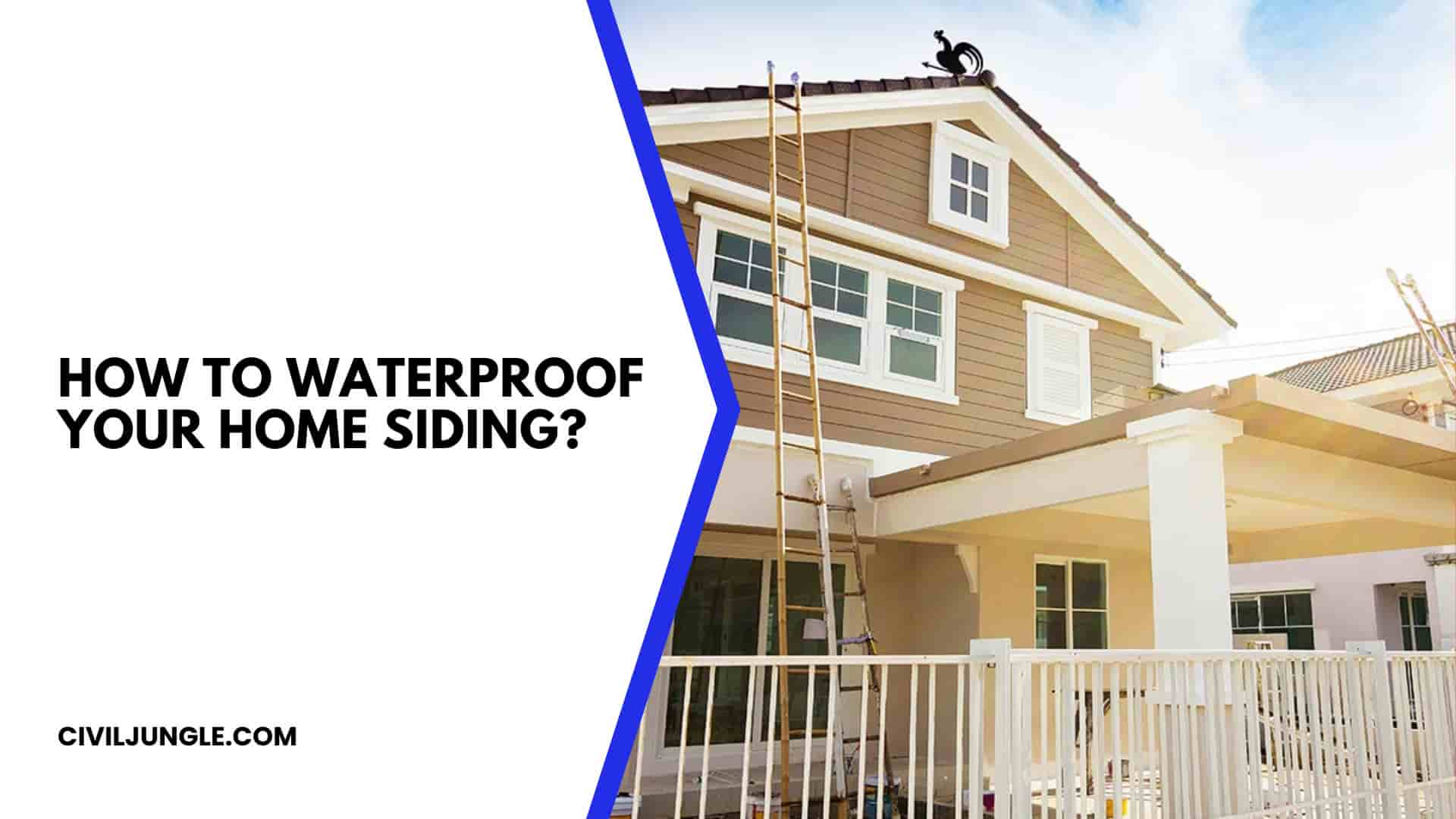
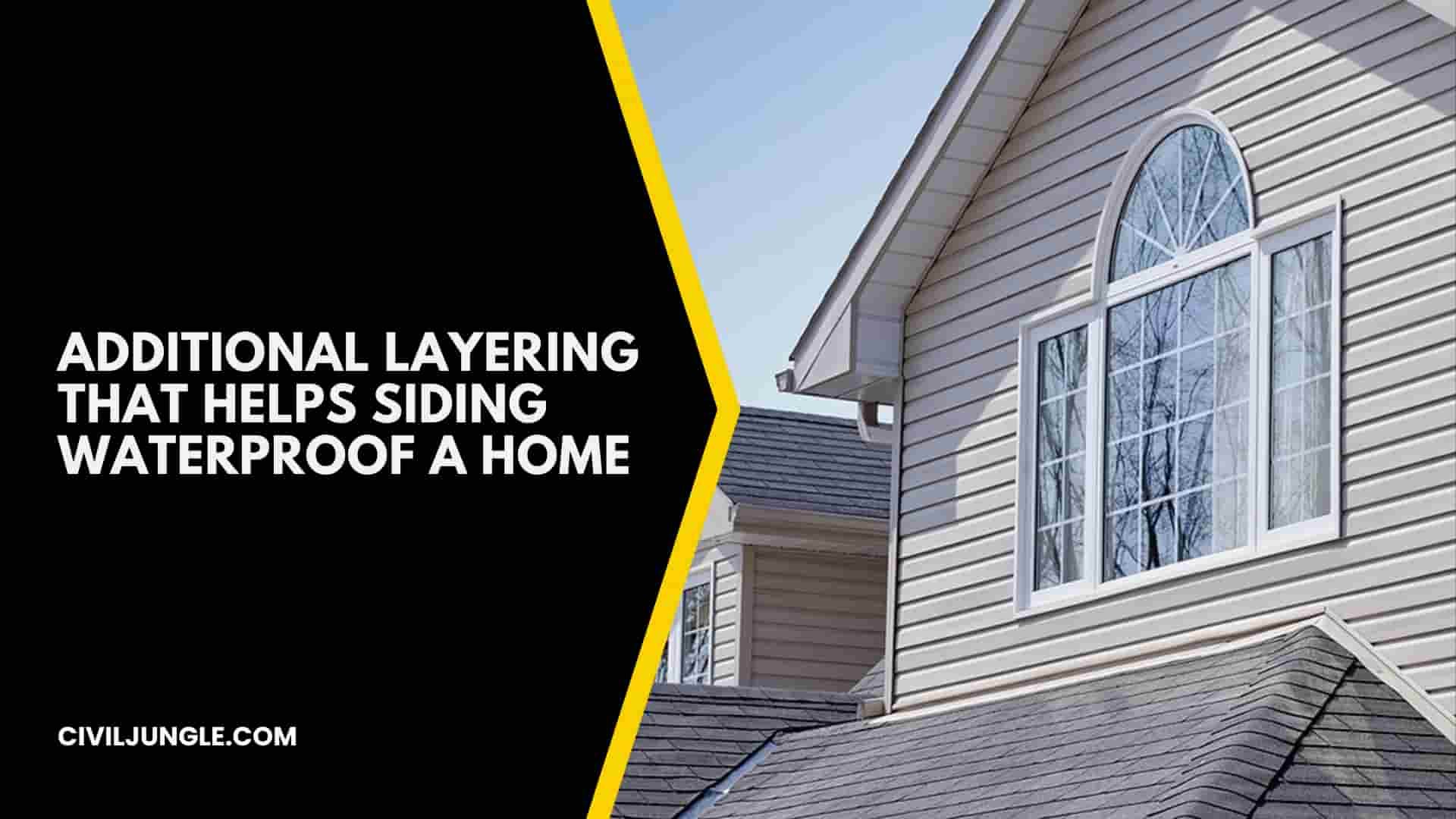

Leave a Reply